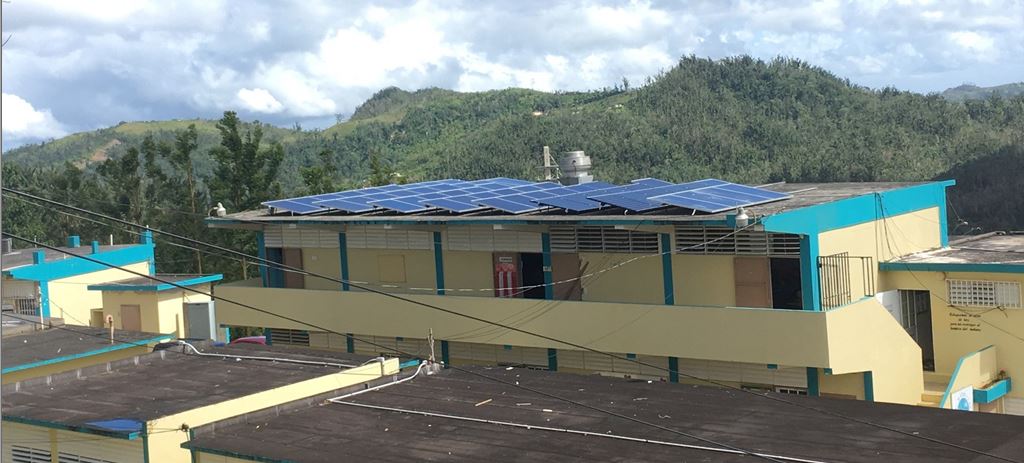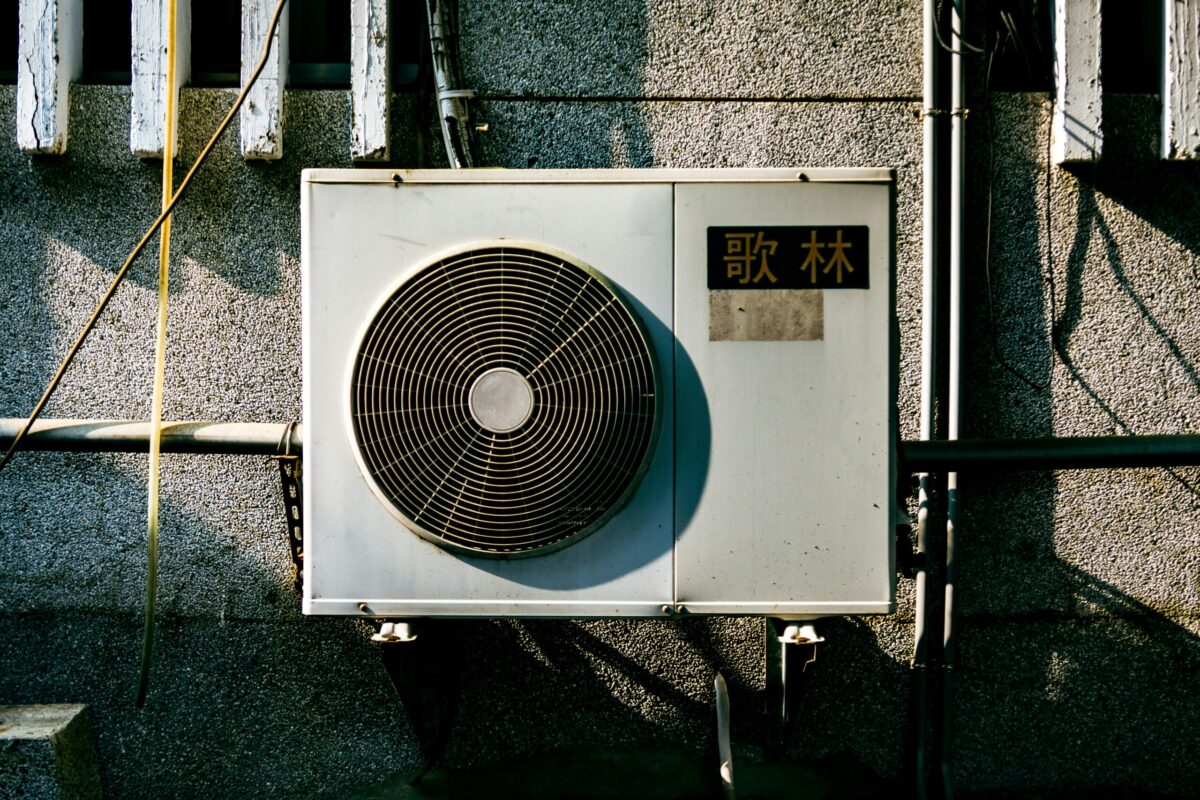From pv magazine USA
Adding solar and storage to every home in Puerto Rico, plus solar on commercial sites, could provide 75% of the territory’s electricity by 2035. And the cost of doing so could be lower than a base case that simply projects today’s grid and generation mix ahead to 2035, said a report from nonprofit groups Cambio and IEEFA (Institute for Energy Economics and Financial Analysis).
Rooftop solar on houses could reach 2.7 GW, paired with 2.5 GW of storage, with a comparable amount of solar on commercial sites. “Minimal upgrades” to the distribution system would be required, the report said.
The investments would be supported with $9.6 billion of Federal Emergency Management Agency (FEMA) grid reconstruction funds. Money was allocated in response to grid damage caused by hurricanes Irma and Maria in 2017 and is expected to be dispersed soon.
The 75% solar plan would shift the direction of Puerto Rico’s grid. A 10-Year Infrastructure Plan prepared by utility PREPA calls for spending the FEMA funds to harden PREPA’s centralized transmission and distribution systems. And money also would be used to build new natural gas infrastructure. But no money would be directed toward renewable energy and storage, the Cambio/IEEFA report said.
The proposed 75% solar scenario shows that no need exists for new fossil fuel generation, or for converting existing units to natural gas, the report said. The scenario also would enhance resilience in future hurricanes, reduce fossil fuel costs, and require no transmission investment. If supported with federal funds, the rooftop solar scenario would yield average electricity costs of 15 cents per kWh, versus 21 cents per kWh now. Scenarios also were modeled for 25% and 50% solar generation by 2035.
The 75% scenario would exceed the standards of Puerto Rico’s Act 17-2019, which requires PREPA to obtain 20% of its electricity from renewable resources by 2022, 40% by 2025, 60% by 2040, and 100% by 2050.
Modeling
The Cambio/IEEFA report is based on utility modeling analyses conducted by power systems analysis firm Telos Energy and utility data analysis firm EE Plus. The two firms used PREPA grid data that Cambio and IEEFA obtained through a public records request.
Telos modeled Puerto Rico’s grid using the production cost model PLEXOS, and also modeled transmission system power flow. EE Plus modeled distribution system power flows. In the report, Telos suggested achieving a reliable high-solar grid by introducing fast-frequency response synchronous condensers and grid-forming inverters, and conducting further study of grid reliability options.
Clean energy consulting firm Energy Futures Group used the grid modeling results to estimate costs. Solar and storage were modeled as being financed by PREPA at a 6.5% cost of capital, and a carbon price was assumed. Without a carbon price, and assuming no capital costs for new generation in the base case, the 75% solar scenario was slightly less expensive than the base case.
Energy Futures also analyzed energy efficiency measures that could cut consumption 25% by 2035. That efficiency target was proposed by Queremos Sol, a Puerto Rico coalition of community, environmental, and labor groups.
PREPA’s capacity expansion model “was not capable of simulating distribution system investments,” the report says, and PREPA instead assumed 13% of generation from rooftop solar by 2035.
This content is protected by copyright and may not be reused. If you want to cooperate with us and would like to reuse some of our content, please contact: editors@pv-magazine.com.



3 comments
By submitting this form you agree to pv magazine using your data for the purposes of publishing your comment.
Your personal data will only be disclosed or otherwise transmitted to third parties for the purposes of spam filtering or if this is necessary for technical maintenance of the website. Any other transfer to third parties will not take place unless this is justified on the basis of applicable data protection regulations or if pv magazine is legally obliged to do so.
You may revoke this consent at any time with effect for the future, in which case your personal data will be deleted immediately. Otherwise, your data will be deleted if pv magazine has processed your request or the purpose of data storage is fulfilled.
Further information on data privacy can be found in our Data Protection Policy.